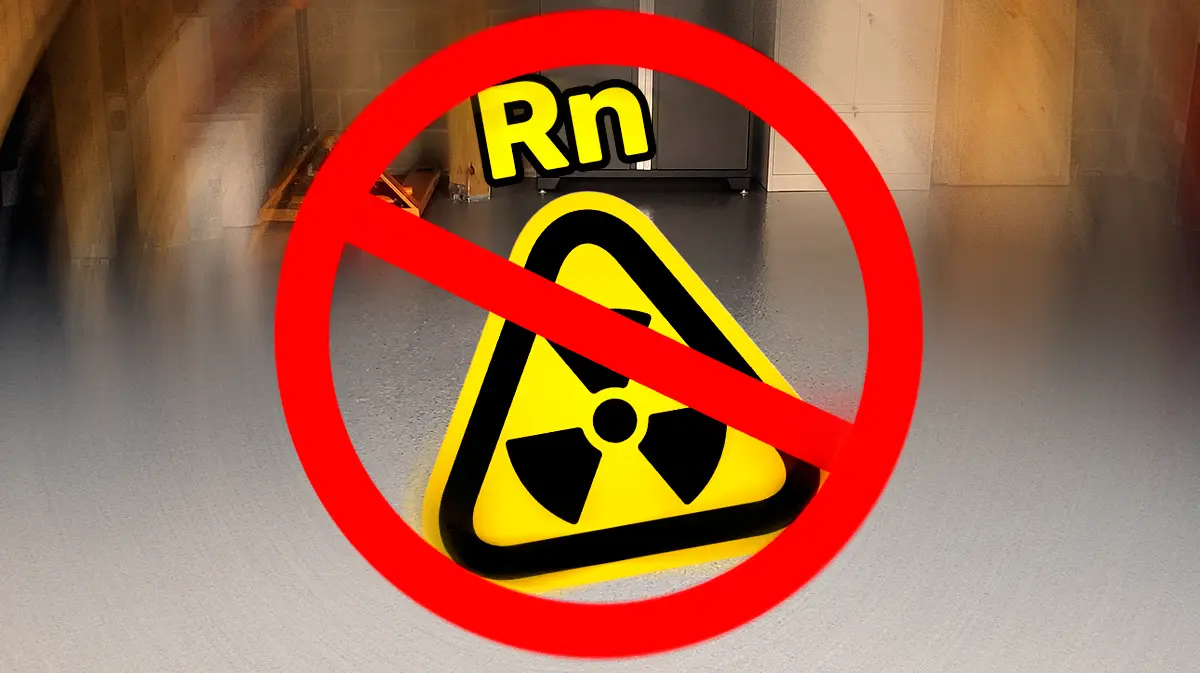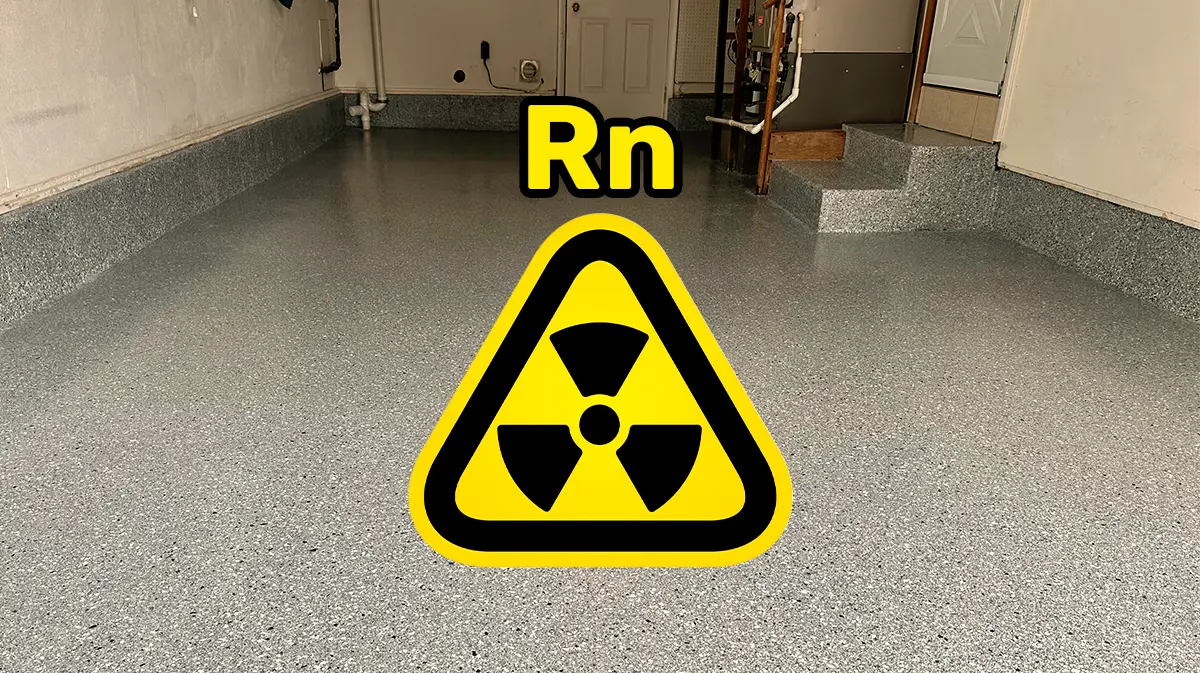You’ve probably been hearing it here and there — Colorado Springs, like many areas, is susceptible to issues related to radon gas and moisture vapor emissions. This is particularly true in homes with basements or concrete foundations. These environmental factors can significantly impact indoor air quality and pose health risks if not properly addressed. Let’s delve into what these issues are and learn about mitigating the radon gas threat.
What is Radon Gas?
Radon is a naturally occurring, radioactive gas that forms from the breakdown of uranium in soil, rock, and water. Although it is invisible and odorless, radon can seep into homes through cracks and openings in the foundation. Because radon is a gas, it can move freely through soil and enter homes, where it can accumulate to dangerous levels.
Why is Radon Dangerous?
Radon is the second leading cause of lung cancer in the United States, according to the Environmental Protection Agency (EPA). Prolonged exposure to high levels of radon can significantly increase the risk of developing lung cancer, making it a serious health concern.
The Role of Homes as “Vacuums”
Homes, especially those with basements, act like vacuums for underground gasses, including radon. Here’s how it works:
- Pressure Differential: The air pressure inside your home is usually lower than the pressure in the soil around the foundation. This difference in pressure draws air from the outside, including radon gas, into your home.
- Air Exchange: Appliances like furnaces, exhaust fans, and dryers further reduce indoor air pressure by venting air out of the house, which increases the suction effect, pulling more radon and moisture vapor into the living spaces.
Moisture Vapor Emission: What You Need to Know
Moisture vapor emission refers to the process of water vapor rising from the ground through your home’s concrete slab. While concrete appears solid, it’s actually porous, which allows moisture to pass through over time. This moisture can cause various issues, including:
- Efflorescence: The white, powdery substance often seen on basement walls or floors is a sign of moisture moving through the concrete, carrying salts with it.
- Musty Odors: Moisture can create a damp, musty smell in basements or other areas with poor ventilation.
- Concrete Degradation: Over time, moisture can weaken the concrete, leading to cracks and structural damage.
The Impact of Radon and Moisture on Indoor Air Quality
The combination of radon gas and moisture vapor emission can lead to significant indoor air quality issues, contributing to conditions like Sick Building Syndrome (SBS). SBS refers to situations where occupants of a building experience acute health effects or discomfort that seem to be linked to time spent in the building, but no specific illness or cause can be identified. Symptoms include:
- Headaches and dizziness
- Respiratory issues such as a dry cough or throat irritation
- Fatigue and difficulty concentrating
- Skin irritation
Mitigating the Radon Gas Threat
Addressing radon and moisture issues requires a multi-faceted approach:
- Radon Testing and Mitigation: The first step is to test for radon using a kit available from hardware stores or online. If high levels are detected, a radon mitigation system should be installed by professionals. These systems work by reversing the pressure differential between the soil and your home’s foundation, preventing radon from entering and venting it safely outside.
- Sealing with Epoxy Coatings: Applying an epoxy coating to your basement or garage floors can act as an additional barrier, preventing moisture and radon from seeping through the concrete. Epoxy coatings are durable, easy to clean, and provide an added layer of protection for your home.
- Improving Ventilation: Ensuring proper ventilation in basements and other moisture-prone areas can help reduce the buildup of radon and moisture, further improving indoor air quality.
Stay Protected and Radon-Free
Understanding the risks associated with radon gas and moisture vapor emissions is crucial for maintaining a healthy home environment in Colorado Springs. By taking proactive steps such as testing for radon, sealing floors with epoxy coatings, and improving ventilation, you can significantly begin mitigating the radon gas threat. What’s more important than ensuring your home remains safe and comfortable.
For more information on how to protect your home or to schedule a professional consultation, don’t hesitate to contact us.


